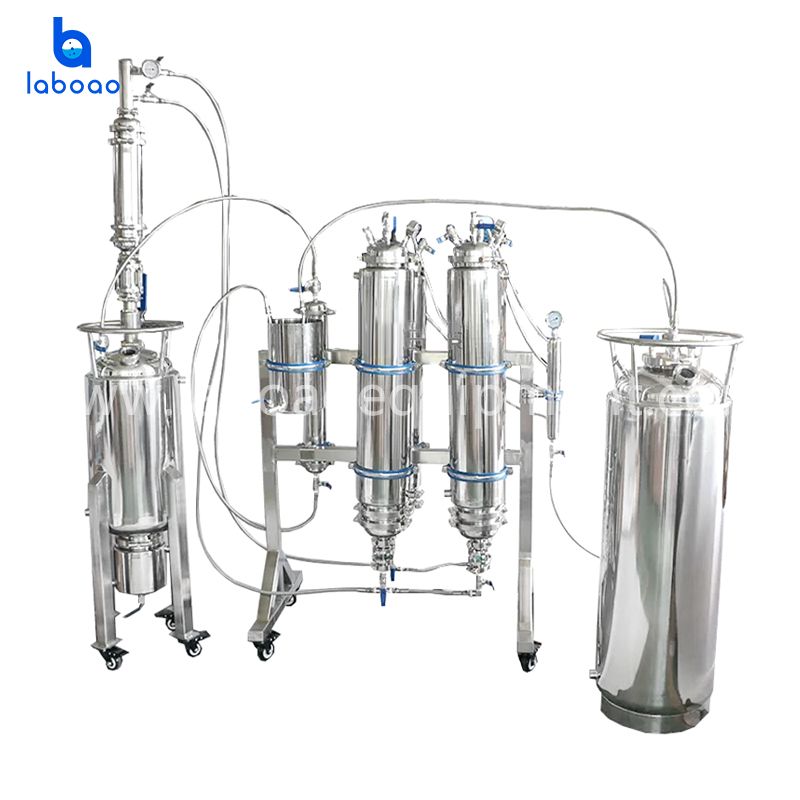Synthesis And Cleavage Of Solid-phase Polypeptide
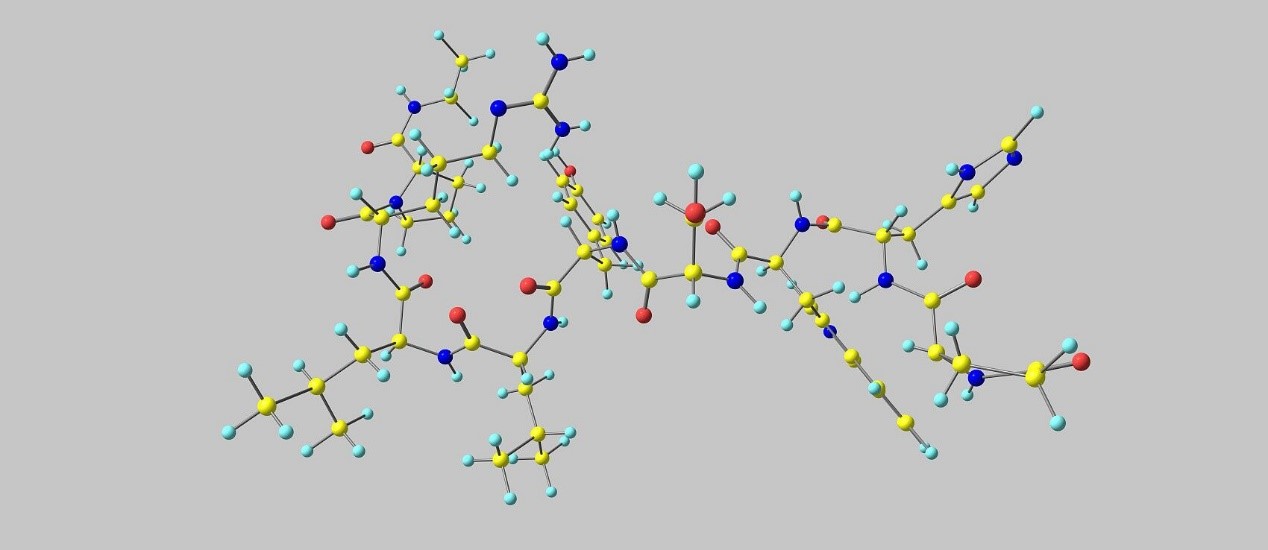
Figure 1 Solid phase polypeptide schematic diagram
In 1963, Merrifield proposed a solid-phase peptide synthesis method, which opened up a broad space for peptide research and greatly promoted the development of molecular biology and other fields. For this reason, Merrifield was awarded the Nobel Prize in chemistry in 1984.
Since the 1990s, with the gradual maturation of polypeptide synthesis technology, more and more active polypeptides have been developed and widely applied in the fields of medicine, food, cosmetics, agriculture, animal husbandry, and so on. Solid-phase polypeptide synthesis method has also been widely used. In this paper, the solid phase synthesis and cleavage of peptides are introduced according to Solid Phase Peptide Synthesis Reactor.
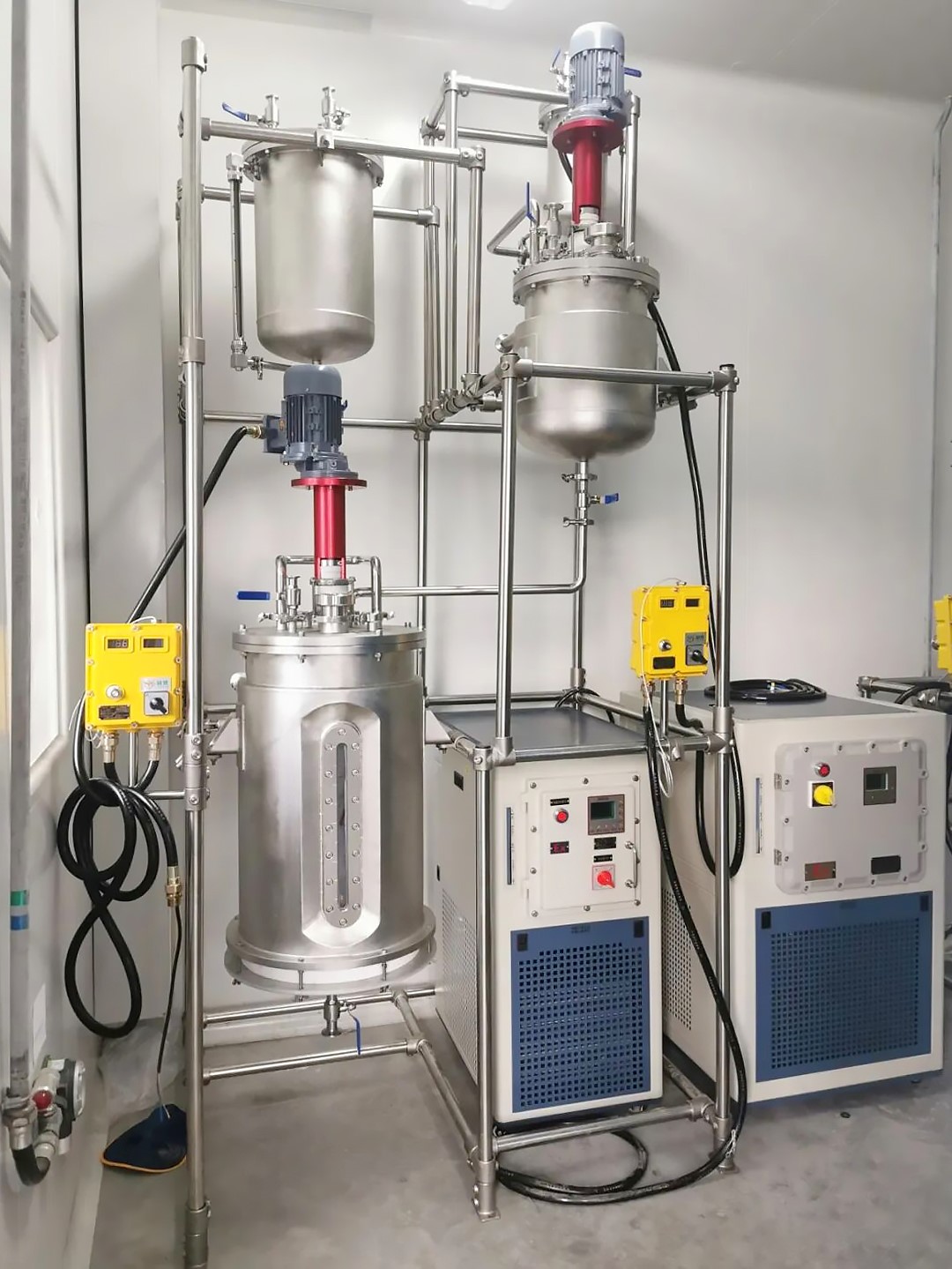
Figure 2 Field application of complete solid phase polypeptide synthesis reactor
I. Solid phase peptide synthesis
i. Feed
Adding resin into a solid phase synthesize, adding DCM for swelling, draining, add DMF for washing, after washing, drain for standby.
ii. Condensation
Dissolving the amino acid in a certain volume of DMF, adding a condensing agent for activation, putting into a solid phase synthesizer, supplementing DMF to the reaction concentration, and stirring for reaction.
iii. Removing the protective groupThe reaction degree was detected with Kaiser reagent. After the reaction was completed, the solvent was pumped out, followed by DMF washing. PIP/DMF solution was added to remove the protective group. The reaction degree was detected with Kaiser reagent. After the reaction was completed, the solvent was pumped out, followed by DMF washing, in which the next amino acid was added.
iv.Condensation cycle
Sequentially connecting amino acids according to the resin sequence, performing condensation cycle operation according to the steps of “deprotection-washing-activating amino acids-feeding condensation-washing”, and completing the condensation of the remaining n amino acids according to the amino acid sequence.
i. Discharging
After the synthesis, the resin was cross-washed with IPA and DCM to complete the resin contraction and discharge to the stainless steel tray.
ii. Resin drying
Drying the resin in a vacuum drying oven at room temperature, weighing after drying, and calculating the yield.
iii. Organic waste liquid recovery, centralized treatment.
iv. Clearing
The operator shall clear the site in time after the operation.
I. Resin cracking
i. Liquid preparation
Prepare that lysis solution according to the component proportion of the lysis solution, and place the lysis solution in a freezer for cold storage in advance.
ii. Feed
Adding peptide resin into a reaction kettle, adding pre-cooled cracking liquid, and stirring for reaction.
iii. Discharging
Discharging that reaction solution aft the cracking, filtering to remove resin, and washing with TFA.
iv. Concentration
Transfer that cracked liquid to a rotary evaporator for concentration to a small volume at room temperature.
v. Precipitation
The concentrated reaction solution is poured into pre-cooled methyl tert-butyl ether (abbreviated as ether) and stirred to precipitate a large amount of solids.
vi. Centrifugation
The turbid liquid is centrifuged and washed with pre-cooled ether.
i. Crude peptide drying
The purified crude peptide was transferred to a vacuum drying oven for drying at room temperature.
ii. Organic waste liquid recovery, centralized treatment.
iii. Clearing
The operator shall clear the site in time after the operation.
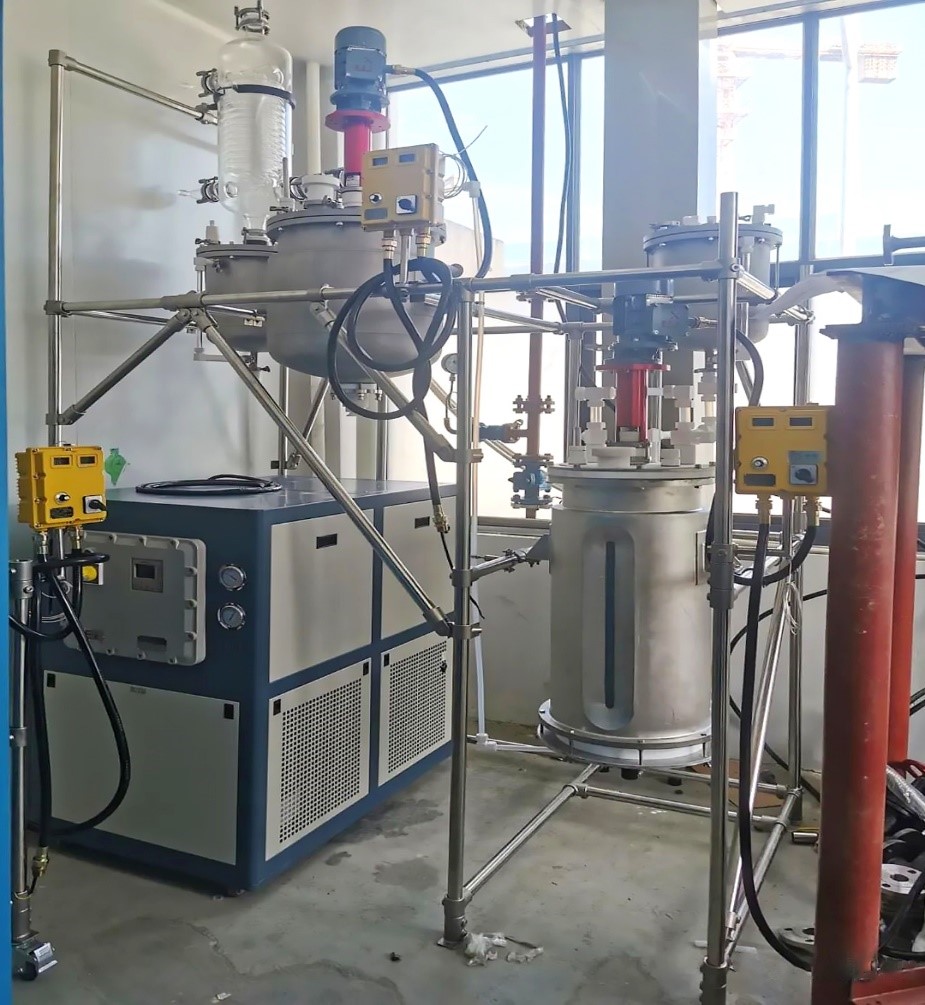
Figure 3 Complete set solid phase polypeptide cleavage kettle
In the actual production process, the cracked crude peptide also needs to be subjected to such processes as purification, concentration, filtration, and freeze-drying, which will not be described in detail in this paper.
At present, the process for the synthesis of shorter peptide chains is relatively mature, while for protein substances with larger molecular mass and longer peptide chains, the solid-phase synthesis technology has certain limitations, and meanwhile, there are problems such as high cost and accompanied by side reactions. Therefore, based on solid-phase synthesis of peptides, new ways still need to be found.

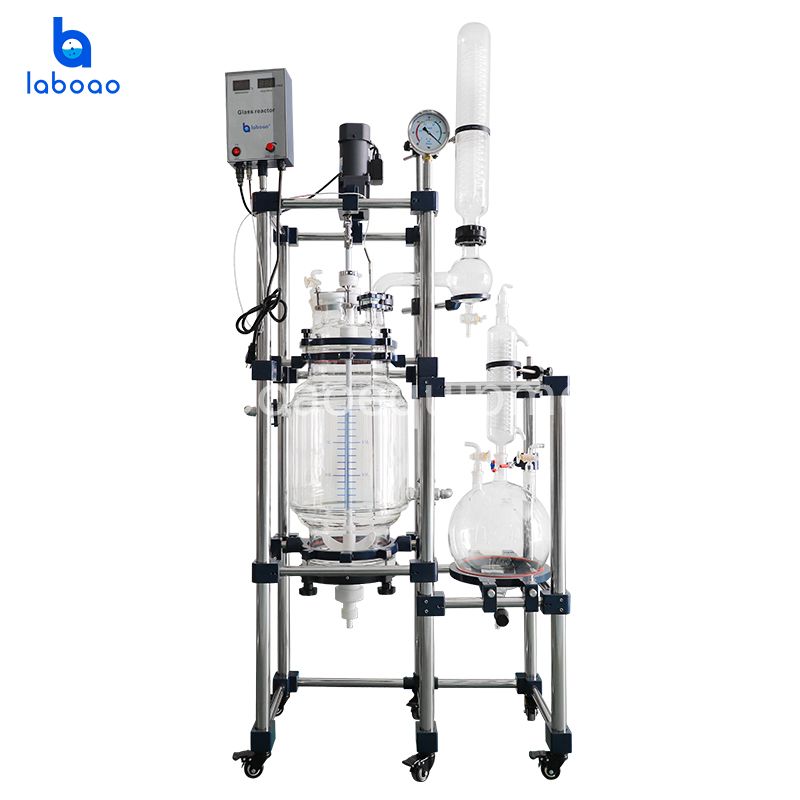

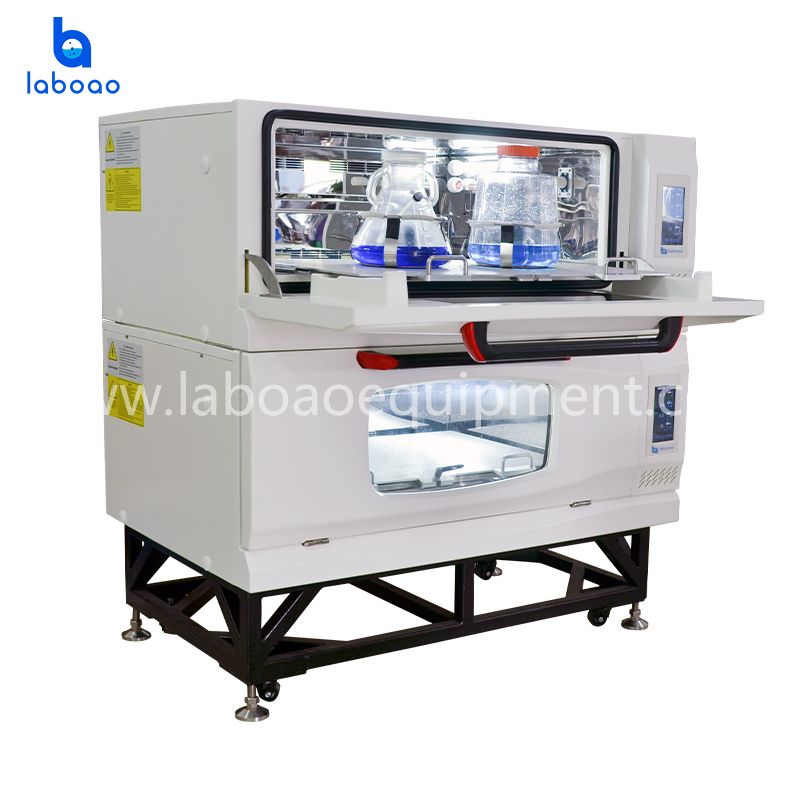
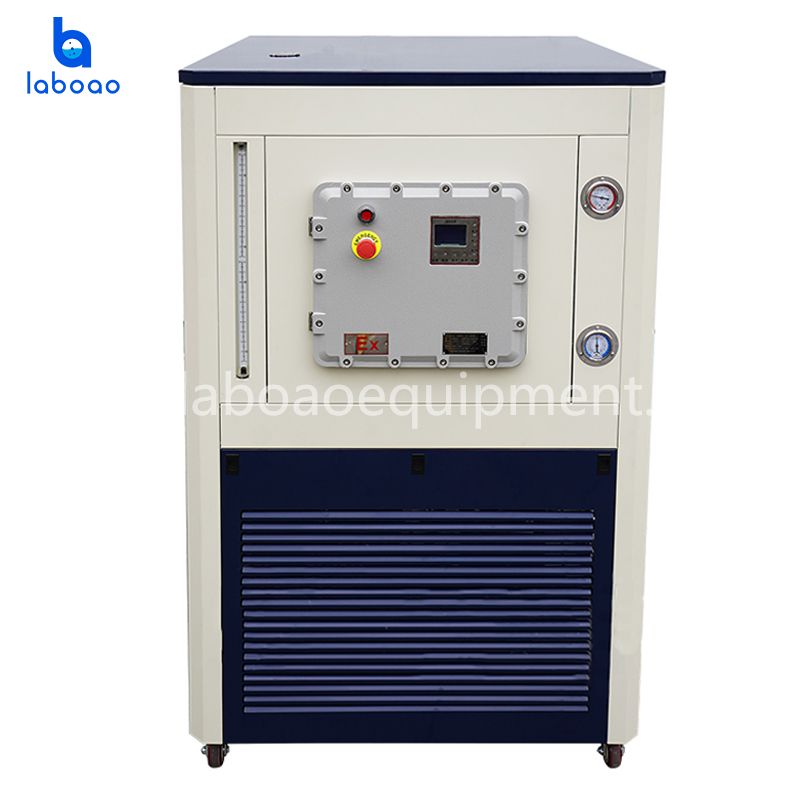
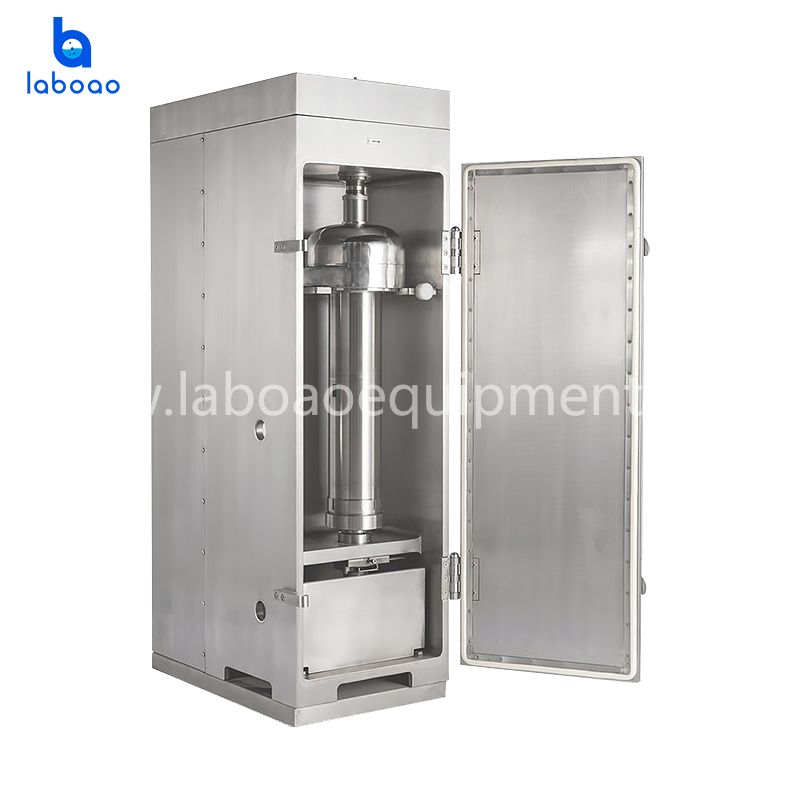
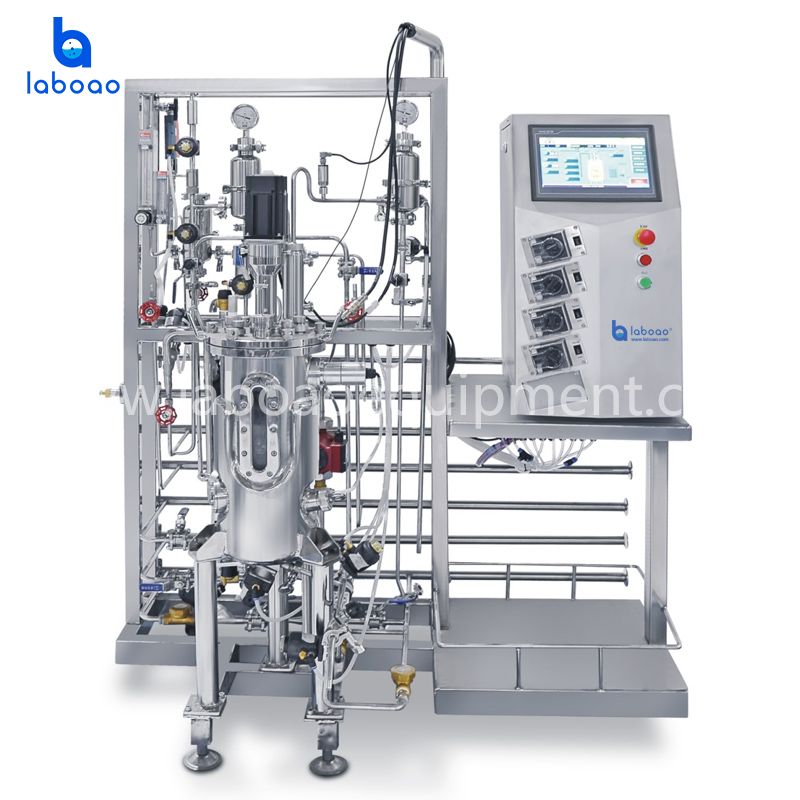
-analyzer-1695623743955.jpg)

